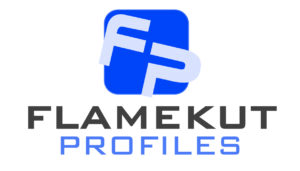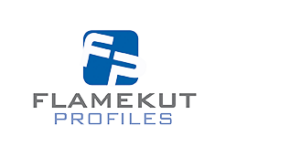What are the advantages and disadvantages of flame cutting
In the intricate world of metal fabrication, various cutting methods vie for supremacy, each offering a unique set of advantages and disadvantages. Among these, flame cutting, with its roots deep in industrial history, continues to hold its ground. In this exploration, we dissect the process to uncover the nuances, benefits, and drawbacks that come with flame cutting.
What is flame cutting?
At its essence, flame cutting is a thermal cutting process that employs the heat generated from a fuel gas and oxygen flame to melt and remove material from a workpiece. Traditionally, acetylene, propane, or natural gas serves as the fuel, with oxygen aiding in the combustion process. The result is a molten metal that is blown away by the force of the cutting oxygen stream, leaving a clean, precise cut.
1. Cost-Effectiveness:
Flame cutting stands out for its cost-effectiveness, making it an attractive choice for businesses with budget constraints. The equipment required for flame cutting is generally more affordable than some of its counterparts, making it a viable option for small to medium-sized enterprises.
2. Versatility:
A hallmark of flame cutting is its versatility. The process can handle an extensive range of materials, from thin sheets to thick plates, offering flexibility in design and application. This adaptability makes flame cutting an ideal choice for industries that deal with diverse material requirements.
3. Speed and Efficiency:
Flame cutting is renowned for its rapid cutting speeds, contributing to its reputation for efficiency. This swift material removal capability is particularly advantageous for large-scale projects, where time is of the essence.
4. Thick Material Capability:
Flame cutting excels in processing thicker materials that might pose challenges for other cutting methods. This capability makes it a go-to method for applications requiring the processing of heavy-duty materials.
Disadvantages of flame cutting
1. Limited Precision:
Traditional flame cutting, without the aid of Computer Numerical Control (CNC), is limited in terms of precision. The manual nature of the process can result in variations, especially when dealing with intricate designs or thin materials.
2. Heat-Affected Zone (HAZ):
One of the significant drawbacks of flame cutting is the creation of a heat-affected zone in the vicinity of the cut. The intense heat generated during the process can alter the material properties, leading to issues such as increased hardness or changes in microstructure. For applications requiring minimal thermal impact, alternative cutting methods might be more suitable.
3. Operating Costs:
While the initial equipment costs for flame cutting are relatively low, the ongoing operating costs, including gas consumption, can accumulate over time. In comparison to some modern cutting methods, the running expenses associated with flame cutting may be higher.
Overcoming Precision Challenges with CNC Flame Cutting
As technology advances, flame cutting has evolved to address some of its precision limitations through CNC flame cutting. Computer Numerical Control introduces a level of automation and precision previously unattainable with manual flame cutting. CNC flame cutting involves the use of computer programs to dictate the movement of the cutting torch along the workpiece, ensuring consistent and repeatable results.
With CNC flame cutting, intricate designs and complex shapes can be executed with precision, opening new possibilities for industries demanding high accuracy in their metal fabrication processes. This evolution has made flame cutting a more attractive option for a broader range of applications, bridging the gap between tradition and modernity.
In the dynamic landscape of metal fabrication, the decision to opt for flame cutting depends on various factors, including the specific requirements of the project, material considerations, and budget constraints. Here are scenarios where flame cutting might be the preferred choice:
1. Budget-Friendly Projects:
Flame cutting shines in projects with budget constraints. Its cost-effectiveness makes it a pragmatic choice for businesses looking to balance quality with financial considerations.
2. Thick Material Requirements:
When dealing with thick materials, flame cutting’s ability to handle substantial thicknesses without compromising efficiency makes it an excellent option.
3. Versatile Material Applications:
The adaptability of flame cutting to a wide variety of materials, including mild steel, stainless steel, and non-ferrous metals, makes it an ideal choice for projects with diverse material requirements.
In the realm of metal fabrication, the advantages and disadvantages of flame cutting paint a nuanced picture. While technological advancements have ushered in new possibilities and mitigated some of the traditional limitations, the essence of flame cutting lies in its ability to marry craftsmanship with efficiency.
Understanding when to embrace flame cutting, acknowledging its strengths and weaknesses, allows businesses to make informed decisions. Whether navigating the intricate details of an artistic metal sculpture or fabricating structural components for industrial use, flame cutting remains a steadfast ally in the hands of skilled artisans and modern CNC systems alike.
In the grand tapestry of metalworking, flame cutting weaves a narrative that transcends time, reminding us that the marriage of tradition and innovation is a powerful force in shaping the future of fabrication.

